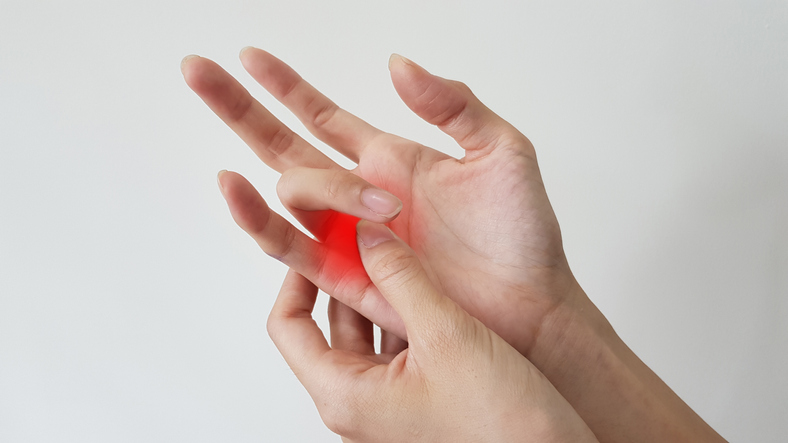Queens Trigger Finger Doctor
What is Trigger Finger?
Trigger Finger, also known as stenosing tenosynovitis, causes your finger to become stuck in a bent position. In milder cases, this may only mean your finger is prone to getting stuck, but in severe instances, the finger may become locked in this position.
Indicators that you may have Trigger Finger include finger stiffness, popping or clicking when you move your finger, and a tendency of your finger to get caught and stuck in a bent position, which may either suddenly pop straight or leave you unable to move the finger back into its proper position.

What causes Trigger Finger?
Trigger Finger occurs when the tendons of the affected finger become inflamed or infected. If these tendons scar, thicken, or form nodules, it may become even more difficult to move the finger.
Trigger Finger occurs more commonly in women than men. Routine activities that involve frequent gripping for prolonged periods of time may also lead to finger tendon inflammation. Additionally, diabetes, rheumatoid arthritis, and carpal tunnel syndrome surgery could contribute to the development of Trigger Finger.
How is Trigger Finger treated?
For initial treatment or milder cases, your doctor may recommend a splint, stretching exercises, over-the-counter medication, and rest for your hand. You may also receive anti-inflammatory steroid injections, which can relieve your symptoms temporarily and provide longer-lasting relief with two doses.
When non-surgical treatment doesn’t work, your doctor may recommend a Trigger Finger release surgery, or “tenolysis.” This is usually an outpatient procedure, allowing you to return home within the same day.
Get expert treatment from a Queens Trigger Finger doctor
If you’re looking for relief from Trigger Finger, our Queens Trigger Finger doctors can help. Schedule a consultation with one of our specialists now.
Nader Paksima
Seymour L. Edelstein
Michael Stracher




